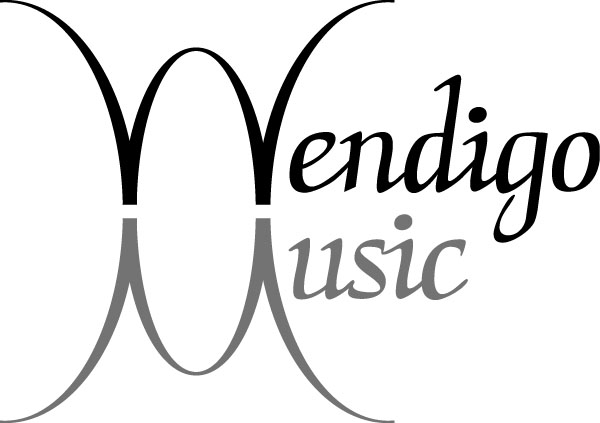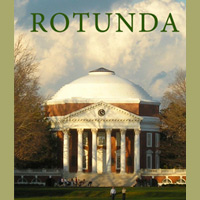One day, I was sitting in my office, upstairs in Old Cabell Hall, looking at the flow of life on the Lawn. I had often been delighted by the feeling of life on the Lawn, and by the shifting weather patterns above it. But this time, I suddenly saw the scene as part of a movie that combined the majesty of the place with the hum of daily life. I imagined capturing images over the course of a year, and creating music from sounds harvested in and around the Rotunda, as well as from people talking about what the Rotunda meant to them. And I also imagined the film as a way of sharing this world-heritage site with people who would not have the opportunity to experience it in person.
I contacted noted filmmaker Robert Arnold, whom I had met when we were both fellows at the Rockefeller Foundation in Bellagio. I thought he would be the ideal collaborator because his films deal with time in such fascinating ways. He was intrigued by the idea, and we discussed capturing images from a fixed point over the course of a year. I then started investigating funding and equipment sources, and the Office of Development at UVA helped with some of that. Meanwhile, I found Erdman Video Systems, who made a camera/computer system typically used for surveillance at construction sites. We loved the idea of subverting this equipment for artistic purposes!
After receiving permission to install the camera from UVA’s Architectural Review Board, we had the system installed, with a camera located on the outside wall of Old Cabell Hall, directly opposite the Rotunda. Next, David Topper, Technical Director of the Virginia Center for Computer Music, helped me get the program up and running. Rusty Erdman and Chris Weaver, both of Erdman Systems, were also wonderfully helpful in the process. The camera went up in February, 2006, approximately eight months after I first broached the idea to Robert Arnold and it stayed up for a full year. During that time I also collected sounds, both in and around the Rotunda. Leslie M. Comstock, the Rotunda Administrator, was very helpful, allowing me to record the resonance of the Dome Room. Dave Topper and composition graduate student Peter Swendsen assisted with that project. Over the course of the next year I recorded multiple unscripted interviews, and found this part of the process especially inspiring. Participants ranged from students to architectural historians, Jefferson experts, a UVA alumnus from Charlottesville, a variety of UVA Professors and UVA President John T. Casteen III.
I created the sound world of the music from the recordings I made. I found some of the interviews so inspiring that I included excerpts, while turning others into music by means of computer processing. I also used a number of the sounds I collected outside, including rain and lawn mowers! The techniques I had learned since founding the Virginia Center of Computer Music in 1988-89 proved invaluable for the purpose. The results range from rich low tones of the opening, to the sounds of the lawn mowers racing up the Lawn, to strong rhythmic sections. Meanwhile, Arnold set the camera to include views at two distances: a relative close-up, and a longer shot, encompassing the Lawn and the Rotunda. We decided to build the film around the idea of one day on the Lawn unfolding over the course of a year. The day moves from dawn to dusk as the year moves from start to finish. We spent many happy, intense hours choosing from the sequences made from 300,000+ images, which Arnold then shaped into a seamless flow. The process of creating the piece was a complex one, and the result has gone far beyond what I imagined that day in my office. The film has been screened at numerous festivals and on concert programs, and we released a DVD in 2012. It features two soundtracks: one with music alone, and one with interview excerpts intercut. It also features both stereo and 5.1 surround sound options. It can be purchased here, and 20% of the proceeds go to the Jeffersonian Grounds Initiative. It can also be found at the UVA Bookstore.

